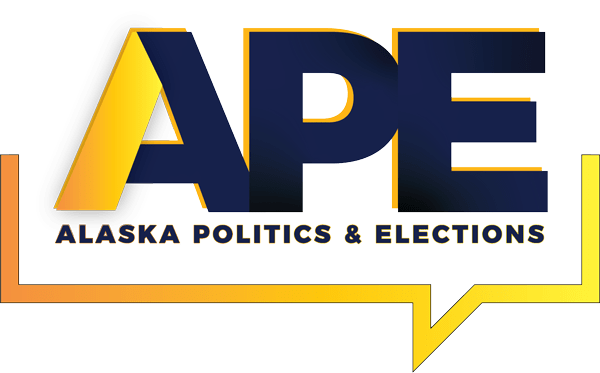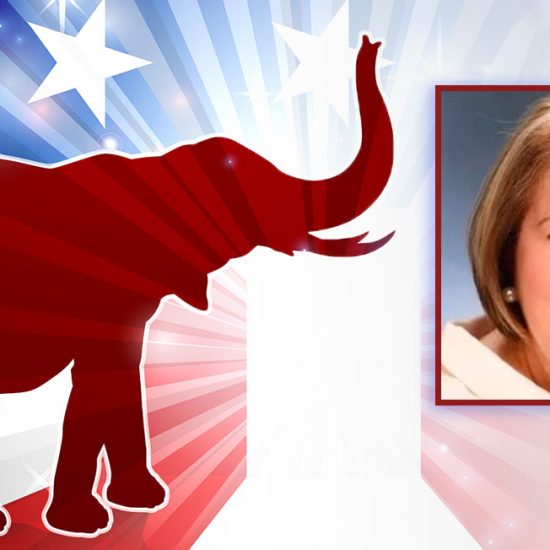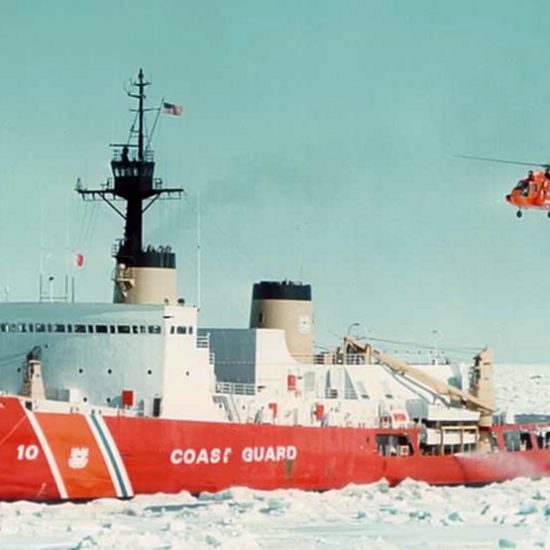ANS oil prices, which as most will recall drive 90% of the Alaska state government revenue, fell again Wednesday (Oct. 15, 2014) to $82.16 per barrel.
The current state budget, which already was $1.6 billion in the red when it passed, is predicated on oil prices averaging $105 per barrel. (The breakeven price for the budget is roughly $117 per barrel.)
Each dollar change in the price of oil is equal to roughly $90 million in state oil revenues. That means if oil prices for the year settle at $95/barrel, the budget deficit will grow to $2.5 billion, at $90/barrel to something approaching $3 billion, and at $85/barrel to something on the order of $3.4 billion.
Put another way, on a per capita basis (based on the U.S. Census Bureau 2013 population estimate of 735,132), this year’s deficit will be roughly $2,300 per Alaska man, woman and child at $105/barrel, growing to $3,500 at $95/barrel, $4,100 at $90/barrel and $4,600 at $85/barrel. To put that in context this year’s Permanent Fund Dividend was $1,884.
After the last two years of record deficit budgets and last year’s (irrevocable) transfer of $3 billion from unrestricted savings to the dedicated PERS/TRS account, Alaska currently has roughly $11 billion (or roughly $15,000 per capita) remaining in unrestricted savings. If spending and price levels continue at current levels, that will be fully depleted in roughly 6.5 years at $105/barrel oil, 4.2 years at $95/barrel oil, 3.6 years at $90/barrel oil and 3.2 years at $85/barrel oil.
And lower prices don’t just affect one side of state revenues. Oil investment levels already have started falling globally as projects marginally profitable at higher prices are being deferred at the prospect of lower prices and reduced company cash flows. While SB 21 has improved Alaska’s competitive position, it remains to be seen whether it will be enough to withstand the challenges of a significantly lower oil price outlook going forward. If current oil prices persist, some, and perhaps significant, deferments — with a consequential effect on projected North Slope production levels — should be expected.
Alaska is not alone in this situation. Other global oil states face similar challenges.
But because of the levels to which Alaska has increased spending over the last four years, Alaska is at the upper end of those exposed. As noted above, Alaska’s current breakeven budget price is $117/barrel. According to the New York Times, that compares with $140 for Iran and $120 for Venezuela, and roughly the same price for Russia as Alaska. But other nations, such as Saudi Arabia, Kuwait and Oman, who have greater influence over global prices have lower — and in some cases, significantly lower — breakeven price levels.
Some are predicting that prices in the range of $90/barrel, near the current Saudi breakeven price, may become the new normal as Saudi continues to hold prices lower in order to retain market share among flattening demand and increasing world supplies. Others are predicting that lower price levels, in the range of $80/barrel, may be possible. Regardless of the precise level, however, all indications currently are that significantly lower prices than those that have existed over the last few years are likely to persist for an extended period.
That will have a significant impact on Alaska. For example, in the real world the question on the table this coming legislative session about education won’t be whether to increase current funding levels. Instead, the real world question will be how much — and where — to cut. Same for Medicaid, the Knik Arm Bridge, the Juneau access road, the Susitna-Watana dam, “Roads to Resources” and likely, even the Alaska LNG project.
That suggests the key question which voters should be asking themselves this coming election — and which the various gubernatorial and legislative campaigns, most talk radio hosts, Great Alaska Schools and other similar groups should be talking about — is which candidates are best positioned to handle the coming fiscal challenges facing the state.
Personally, I would suggest that it is not the same crew who over the last four years have enacted and signed the four largest budgets in state history, produced the two largest budget deficits in state history and drained in two short years over a third of the state’s unrestricted savings. Instead, I would suggest that the better answer lies among those candidates who have talked — and as importantly, thought — about fiscal responsibility from the beginning of the campaign.
While others may disagree on which candidates have better answers, however, at least that is the question they should be asking the candidates, themselves and talking about with others in the final two and a half weeks of the campaign.
In the real world, Alaska, as with other oil driven states, is turning a page. The most important question of this election is who is best prepared for the next chapter.
Original at Brad Keithley’s Blog











